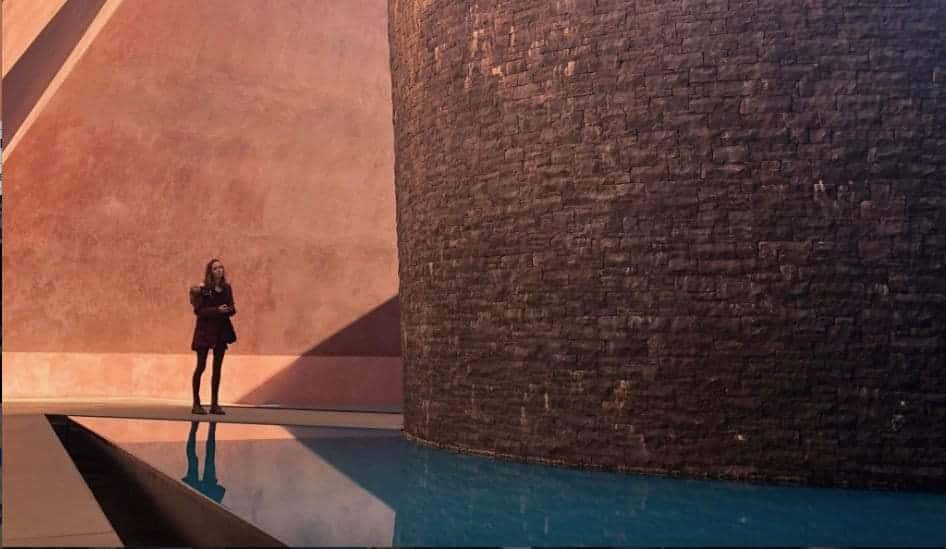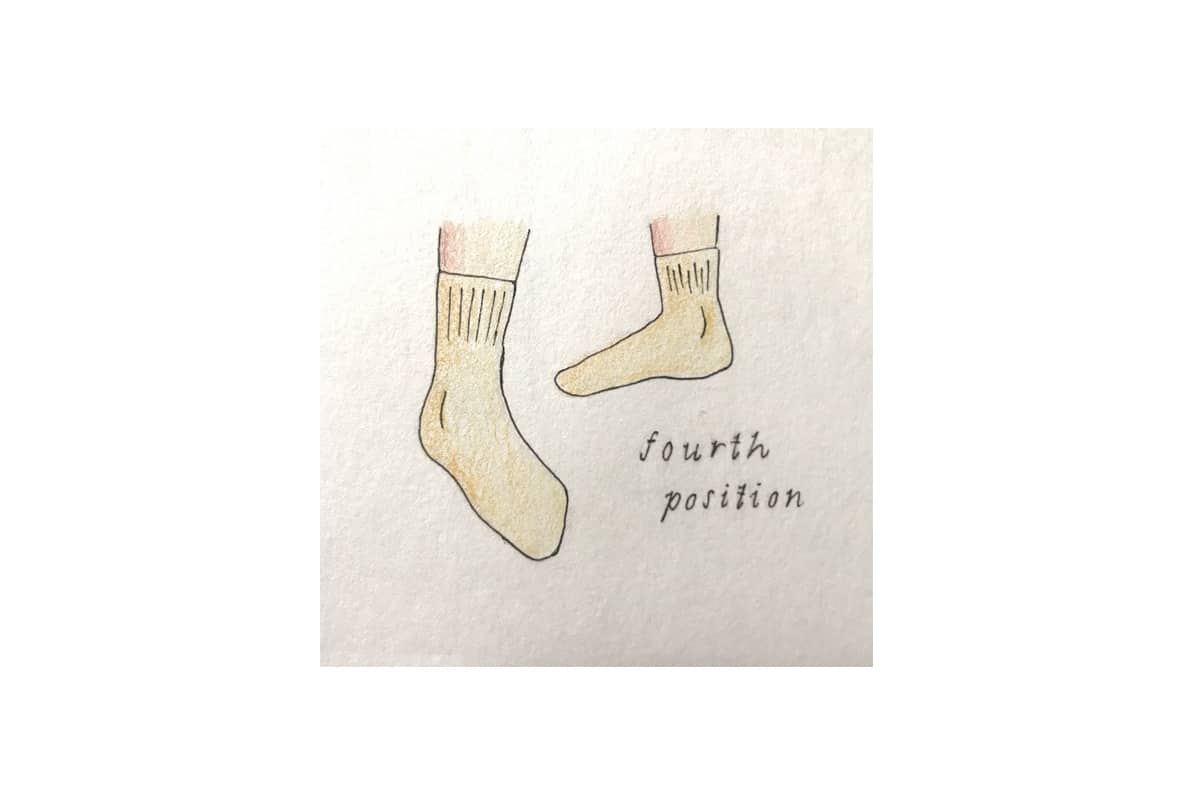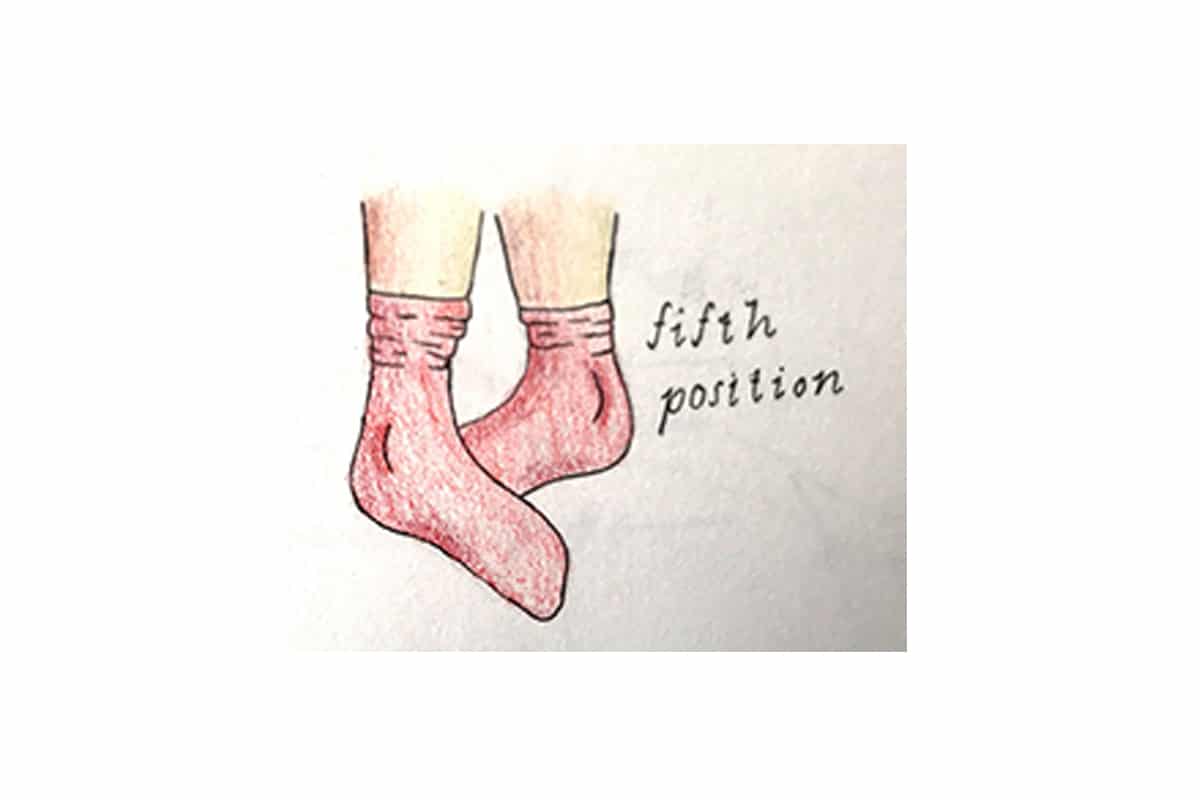Short Course Attendee Spotlight: Simone Richardson


published
Photographer
Let’s Talk Dance is a new series where we deep dive into all things dance, structure and alignment. Featuring different contributors across the series, we will start with an exploration of historical and technical dance knowledge. It’s a great way to understand the significance of dance fundamentals for both beginner and advanced dancers.
This week our contributor Saskia Ellis, is a dancer in our Pre-Professional Year 2020 (PPY) programand has been following Sydney Dance Company since childhood. After transitioning from classical ballet to contemporary dance, Saskia was increasingly drawn to the philosophies and training principles offered by the PPY program. Here she combines both her love of movement and the written word in a piece that illustrates the fundamental positions of the feet in classical ballet.
The five basic ballet positions of the feet were developed as the foundations to all further progressions of steps within classical ballet. Developed in 1725, by Pierre Beauchamp, the five positions have been the universally used basis of classical ballet technique for nearly 300 years. Beauchamp was a dancer, choreographer, and later ballet master, during the 1800s, and was credited with the development of the positions, as well as being the founder of the Beauchamp-Feuillet method of notation.
All five positions share certain qualities, such as the external rotation of the femur bone causing the outward placement of the feet, and the simultaneous and equal rotation and extension of both the working and supporting leg. Additionally, these are qualities that are carried across all areas of ballet and maintained in nearly every variation of ballet positions and movement sequences.
First Position is the first of the five positions and demonstrates an adjoining of the heels and inside legs, with an outward rotation generated from the hip socket creating a continual rotating spiral of the legs.

Second Position is the succession of the first position, maintaining the outward alignment and rotation of the legs, with an additionally lateral separation of the inside heels and legs. This allows for a broader basis of support, and wider range of movement in the pelvis and hips.

Third Position is the transitional position between first and fifth, incorporating a slight overlapped alignment of the feet and legs. The heel of the front foot aligns with the arch of the back foot, requiring a larger focus of the engagement of the adductors, and rotation of the femur bone in the acetabulum (head of the thigh bone within the hip socket).

Fourth Position replicates the parallel alignment of the rotated legs and feet placed in front of one another, now incorporating an anterior separation between them. This allows for a larger range of rotation within the hip socket and creates an increased sense of torque between the upper body, legs and spine.

Fifth Position traditionally demonstrates a complete crossing of both rotated legs and feet. The legs are lengthened, overlapped, and rotating to create a visible front foot, and a completely concealed back foot. This creates the illusion of two legs transitioning into one.

These universally known positions, applied for nearly three centuries, create the clarity, structure and consistency within the global execution of classical ballet.
Saskia Ellis
2020 Pre-Professional Year dancer
Illustrations by Patricia Hayes Cavanagh, 2020 Pre-Professional Year dancer.